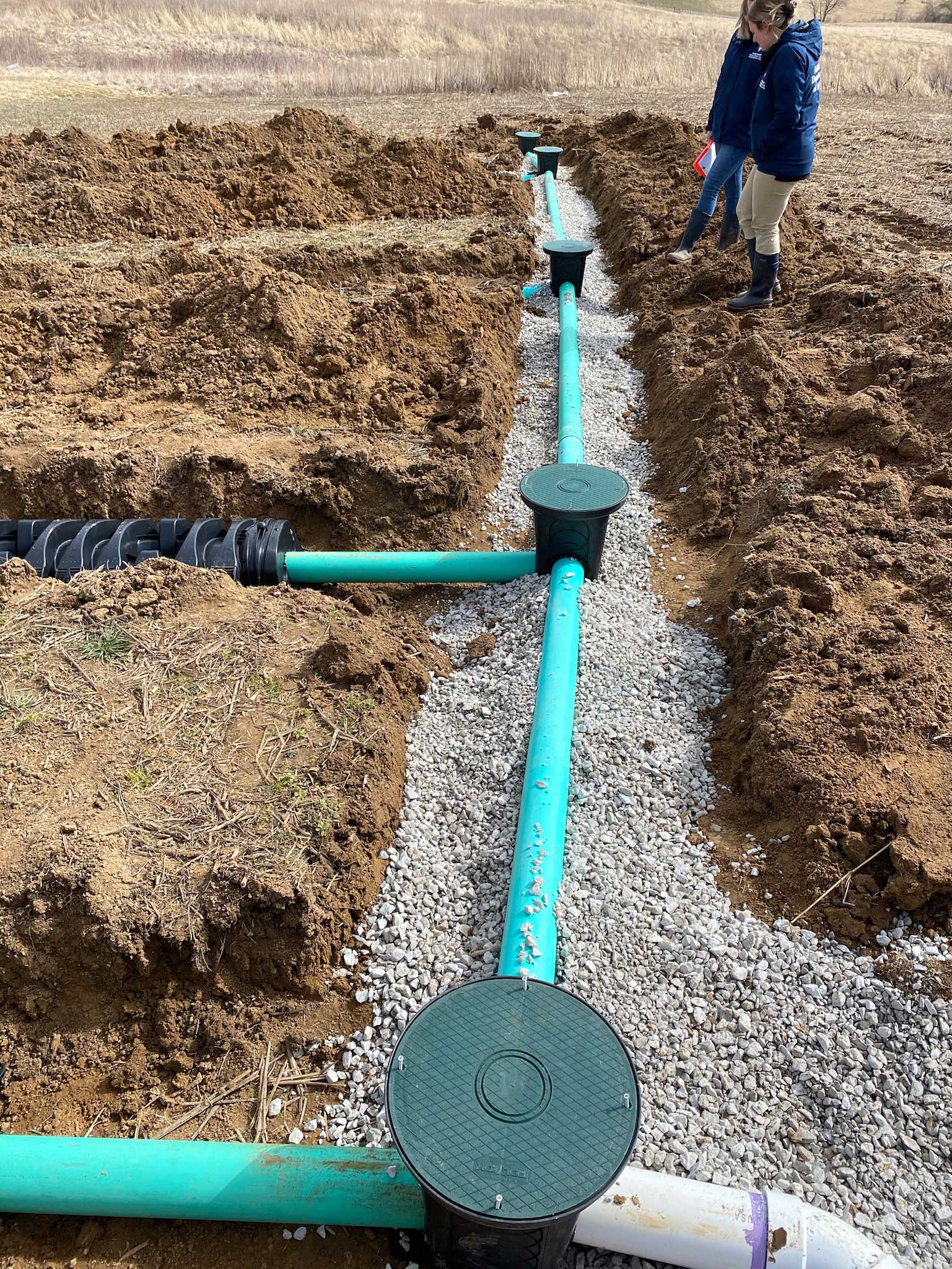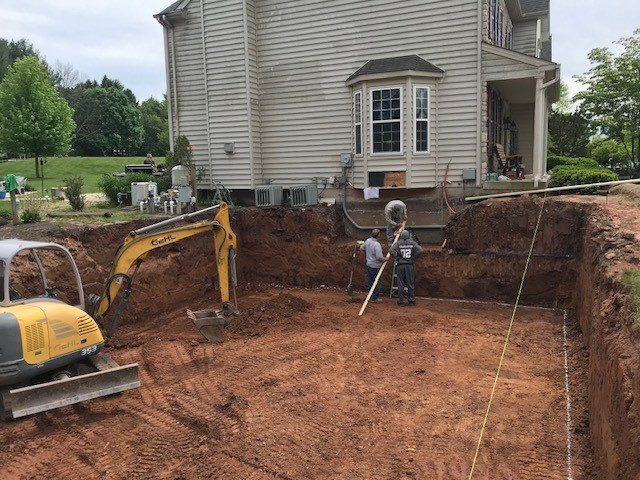Professional Septic Ohio - Relied On Septic Tank Experts in Ohio
Wiki Article
Comprehensive Excavation Approaches: Grasping the Fundamentals for Success
In the world of construction and civil engineering, the importance of reliable excavation methods can not be overstated. The careful preparation, exact execution, and meticulous interest to detail required in excavation tasks demand a detailed technique that encompasses numerous basic aspects. From first dirt evaluation to the application of precaution and regular progression surveillance, understanding these core components is crucial for accomplishing success in any type of excavation endeavor. The true mastery exists not just in understanding these basics however in effortlessly incorporating them to navigate the intricacies of excavation tasks with finesse.Recognizing Excavation Task Planning

Effective excavation tasks are improved the structure of thorough and thorough planning. The first stage of any excavation task is the planning stage, where vital choices are made that can significantly affect the outcome of the project. During this stage, it is important to collect all pertinent info concerning the website, consisting of topographical studies, dirt make-up, and any type of potential hazards that may exist. Comprehending the job budget plan, timeline, and scope constraints is vital for producing an extensive excavation strategy that makes sure the task's success.
One key element of excavation project preparation is the growth of a comprehensive timeline that lays out the sequence of activities, target dates, and turning points. By very carefully considering all these factors during the preparation stage, excavation tasks can be executed efficiently and efficiently, leading to effective results - septic ohio.
Dirt Evaluation and Site Analysis
Carrying out comprehensive soil analysis and website assessment is an important action in the preparation phase of any type of excavation job. Dirt evaluation entails identifying the make-up, framework, and properties of the dirt at the excavation site. This details is crucial for recognizing the dirt's bearing capability, moisture web content, and capacity for disintegration, which are vital consider identifying the excavation approaches and devices needed for the task.Site assessment exceeds dirt analysis and includes a broader assessment of the overall site problems. This assessment includes determining any type of possible risks, such as below ground utilities, ecological problems, or unpredictable terrain, that can influence the excavation procedure. By completely reviewing the site, job managers can create reliable excavation methods that prioritize safety and security, effectiveness, and ecological security.
Making use of sophisticated modern technologies like ground-penetrating radar, soil sampling, and drone studies can enhance the accuracy and performance of dirt evaluation and website assessment. Investing time and sources in these preliminary steps can ultimately save time and stop expensive hold-ups or issues during the excavation procedure.
Devices Choice and Utilization
Reliable excavation tasks rely heavily on critical devices option and usage to ensure optimal performance and productivity. Selecting the best tools for the job is vital in taking full advantage of performance and decreasing downtime. Factors such as the kind of dirt, deepness of excavation, and job range play a substantial duty in establishing one of the most suitable devices for the job available.
Along with picking the appropriate tools, correct utilization is key to job success. Operators has to be lancaster trenching trained to deal with the tools safely and successfully - lancaster trenching. Regular maintenance checks and timely repair work assist protect against breakdowns and guarantee consistent performance throughout the project
Precaution and Laws Compliance
In the realm of excavation projects, focusing on precaution and compliance with laws is vital to making sure a protected and legally audio operational atmosphere. Safety and security procedures encompass a series of techniques, consisting of performing comprehensive site evaluations, executing proper signage and obstacles, and providing ample safety training for all workers entailed in the excavation procedure. Adherence to laws, such as OSHA needs in the USA, ensures that the excavation task meets the required criteria to protect workers, onlookers, and the surrounding environment.
Tracking Progression and Adjusting Approaches
Exactly how can predict managers efficiently track the innovation of excavation projects and adapt their approaches as necessary to maximize end results? Tracking development is essential for making sure that excavation tasks remain on track and fulfill deadlines.
Conclusion
Finally, mastering the fundamentals of extensive excavation techniques is vital for the success of any type of task. By understanding job preparation, analyzing dirt and site conditions, picking ideal devices, adhering to safety laws, and keeping an eye on progress, project managers can ensure a effective and smooth excavation process. Executing these strategies will certainly bring about successful outcomes and decrease potential dangers or troubles throughout the excavation job.
The preliminary phase of any excavation job is the preparation stage, where vital choices are made that can dramatically influence the outcome of the task. Recognizing the task scope, spending plan, and timeline restraints is essential for creating an extensive excavation strategy that ensures the job's success.
How can forecast supervisors properly track the development of excavation jobs and adapt their strategies appropriately to optimize end results? By closely keeping an eye on progress and being ready to adapt methods, task managers can enhance the overall success of excavation projects.
By understanding task planning, evaluating soil and site problems, picking appropriate devices, complying with safety and security laws, and keeping an eye on progress, project supervisors can guarantee a smooth and reliable excavation process.
Report this wiki page